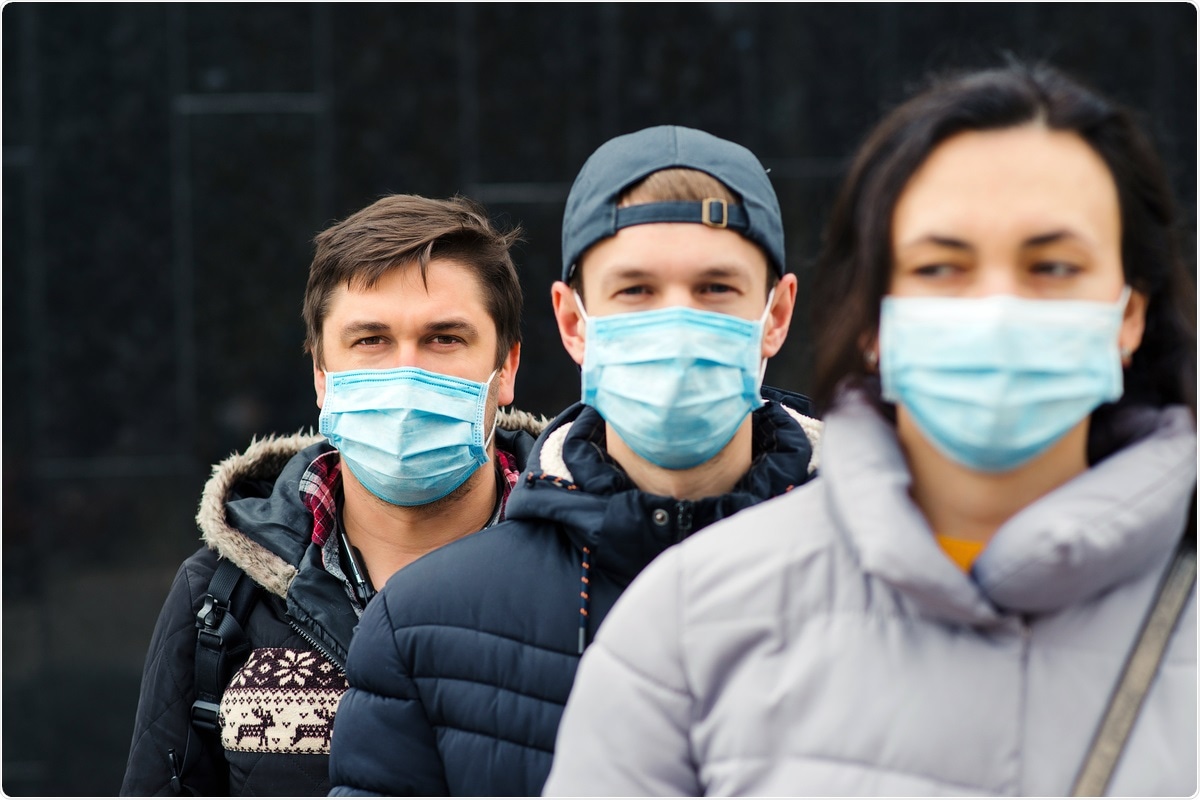Coronavirus disease 2019 (COVID-19) first arose in Wuhan, China. With few treatments, a rapid transmission rate, and high mortality among at-risk groups, it spread across the globe rapidly and has caused over 4.9 million deaths. In many countries, governments were forced to enact costly restrictions, including social distancing measures, mandatory face masks in public, and even complete lockdowns and stay-at-home orders. With the help of these restrictions, COVID-19 transmission rates were kept low while a vaccine was developed. However, there was some pushback to the harsh restrictions.
 Study: Predictors of SARS-CoV-2 infection following high-risk exposure. Image Credit: Volurol/ Shutterstock
Study: Predictors of SARS-CoV-2 infection following high-risk exposure. Image Credit: Volurol/ Shutterstock
Several countries suffered much-publicized protests and widespread misinformation (mostly focusing on face masks). Researchers from the University of California have been investigating the efficacy of many of the non-pharmaceutical interventions applied and exploring the theory that mask use results in less severe symptoms in individuals infected with severe acute respiratory disease coronavirus 2 (SARS-COV-2).
A preprint version of the group's study is available on the medRxiv* server while the article undergoes peer review.
The study
The researchers identified California residents who had received molecular SARS-CoV-2 test results reported to the California Department of Public Health between February and September 2021. Interviewers called random participants who had received test results in the preceding 48 hours, using those who had received negative results as controls. Cases were enrolled equally across the state, and interviewers attempted to have at least one control matched to each case for age group, sex, region, and week of test. Any participant who had not received a previous COVID-19 diagnosis or positive test result was eligible for inclusion.
The interviewers asked questions to assess the exposure, asking about social contact with infected individuals and whether these were suspected or confirmed. If any of the individuals had contact with a suspected case, follow-up questions were asked about the nature of the exposure; indoor/outdoor contact, duration, physical contact, use of face-covering, and whether or not the infected individual was a household member. All participants were then asked about their reasons for seeking testing, symptoms experienced, history of visiting any public places or participating in social gatherings, use of public transport, and vaccine status.
The researchers investigated a total of 2543 cases, 1280 positive cases, and 1263 controls. They used a conditional logistic regression model to estimate odds ratios and confidence intervals. These models included interactions between variables and vaccination history. Secondary analyses estimating the mask usage in both the controls and cases allowed the scientists to examine the effects of this condition in high-risk exposures. They further examined these variables' interactions with vaccination. They attempted to test the hypothesis that mask usage could reduce the severity of illness by examining the symptoms and level of medial response needed for individual cases.
Among the cases they examined, 847 reported high-risk exposure, 642 of which were infected in turn. Seven hundred forty-three of the high-risk exposures reported indoor contact, 613 reported contact over 3 hours, and 492 reported physical contact. The vast majority (694) reported neither of the contacts wore a mask, and 70% were unvaccinated.
The researchers reported no association with physical contact with the infected/suspected individual and case status. Still, household contact, mask-wearing, contact occurring indoors, and contact length also showed a significant risk of contracting the disease. Mask usage showed the strongest effect when contact occurred indoors or over three hours but also showed strong effects when physical contact occurred, or exposures involved household contacts. They discovered little connection between wearing masks and the severity of infection if the disease was contracted.
Conclusion
The authors highlight the importance of their study in providing evidence of the benefits of vaccination and social distancing measures in preventing the spread of SARS-CoV-2. They uncovered strong evidence of the benefits of mask-wearing, particularly with unvaccinated individuals the most in need. While there was no evidence of a reduction of symptomatic cases when masks were worn, the researchers worry that bias from individuals may have associated their likelihood with seeking testing.
These results could help inform public health policymakers and other researchers attempting to model the spread of the disease. As variants of concern continue to emerge, vaccination rates stall, and the UK begins to consider re-introducing some restrictions over winter, this study could help governments make scientifically based decisions to keep their countries safe.
*Important notice
medRxiv publishes preliminary scientific reports that are not peer-reviewed and, therefore, should not be regarded as conclusive, guide clinical practice/health-related behaviour, or treated as established information
- Andrejko, KL. et al., (2021) Predictors of SARS-CoV-2 infection following high-risk exposure: a test-negative design case-control study. medRxiv. doi: https://doi.org/10.1101/2021.10.20.21265295
Posted in: Medical Science News | Medical Research News | Disease/Infection News
Tags: Coronavirus, Coronavirus Disease COVID-19, Efficacy, Mortality, Public Health, Respiratory, Respiratory Disease, SARS, SARS-CoV-2, Severe Acute Respiratory, Vaccine

Written by
Sam Hancock
Sam completed his MSci in Genetics at the University of Nottingham in 2019, fuelled initially by an interest in genetic ageing. As part of his degree, he also investigated the role of rnh genes in originless replication in archaea.
Source: Read Full Article
